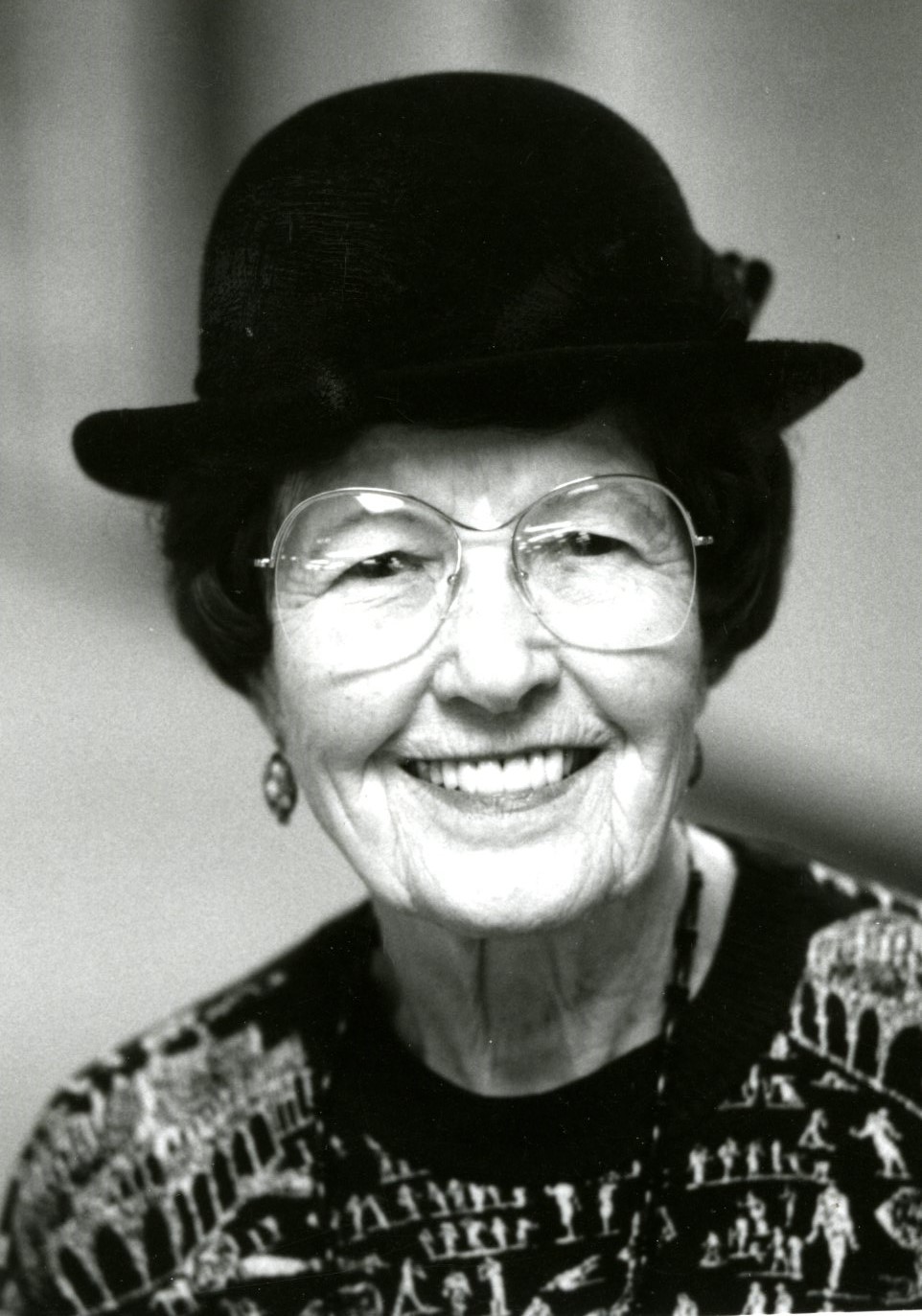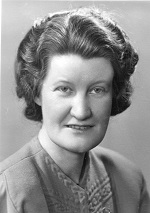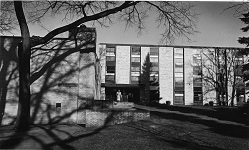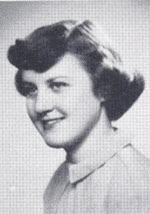 Emma Norbryhn was a linguistically gifted woman who instructed a variety of language courses at Concordia. During her lengthy teaching career she introduced new language courses and taught Norse, French, Latin, German, and Greek before retiring in 1948. At her retirement she held the title of longest term of service at the college. Today she is among a handful of Concordia faculty to reach the forty year mark.
Emma Norbryhn was a linguistically gifted woman who instructed a variety of language courses at Concordia. During her lengthy teaching career she introduced new language courses and taught Norse, French, Latin, German, and Greek before retiring in 1948. At her retirement she held the title of longest term of service at the college. Today she is among a handful of Concordia faculty to reach the forty year mark.
Browse Entries
|
|
|
Margaret Teigen was a member of the first graduating class from Concordia College’s Practical Program. As the only female member of the class, Teigen paved the way for other women to enroll at Concordia and believe that they too could obtain an education. Teigen continued her involvement with the college by serving on the faculty for several years following her graduation before she enrolled in medical school to become a practicing physician. |
|
|
|
|
|
|
|
|
|
|
|
|
|
|
|
|







